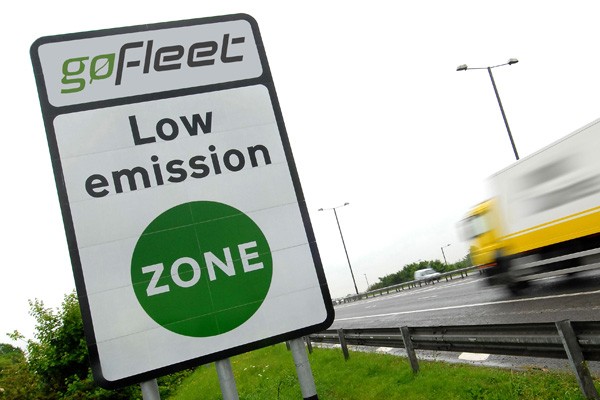Tips on How to Reduce Fleet Emissions
Reduce Fleet Emissions With These Helpful Tips
Want to reduce your fleet emissions? The concept is quite simple: the greater your fuel consumption, the greater your emissions will be. Reducing your fuel consumption will in turn reduce your fleets emissions.
Green Fleet Management
The way employees drive their vehicles directly relates to either increasing or decreasing fuel economy and greenhouse gas (GHG) emissions. Fleets that are serious about becoming more sustainable must strive to modify their driver’s on-road behaviour as an ongoing, interactive process. The items below list the top ways you can reduce your fleets emissions and in turn run a more greener fleet:
- Avoid aggressive driving – accelerate gently and maintain a steady speed
- Avoid idling – reduce fleet emissions/gas consumption easily, do not leave your vehicle running
- Reduce additional mileage – optimize your routes and minimize your number of stops
- Keep tires inflated to the correct pressure
- Eliminate unnecessary extra weight inside the vehicle
- Do not purchase premium fuel (unless it is necessary and specified in your owner’s manual)
- Avoid using the A/C when possible
- Ensure your vehicle maintenance schedule is top of mind year-round
- Carpool whenever it is possible and appropriate
- Drive according to the speed limit – no speeding = reduce fleet emissions
- Keep your windows rolled up – this makes your vehicle more aerodynamic
- Anticipate traffic – keep in mind that extensive brake use increases gasoline consumption
Through effective implementation, you will be more likely to not only improve your fuel economy, but also decrease CO2 emissions and boost on-road safety. Reducing your fleets emissions will not only benefit you (and save you money) but it will also benefit the environment. According to the Union of Concerned Scientists transportation is the largest single source of air pollution in the United States.
Contact GoFleet to find out how telematics can help you achieve your sustainability goals today.

